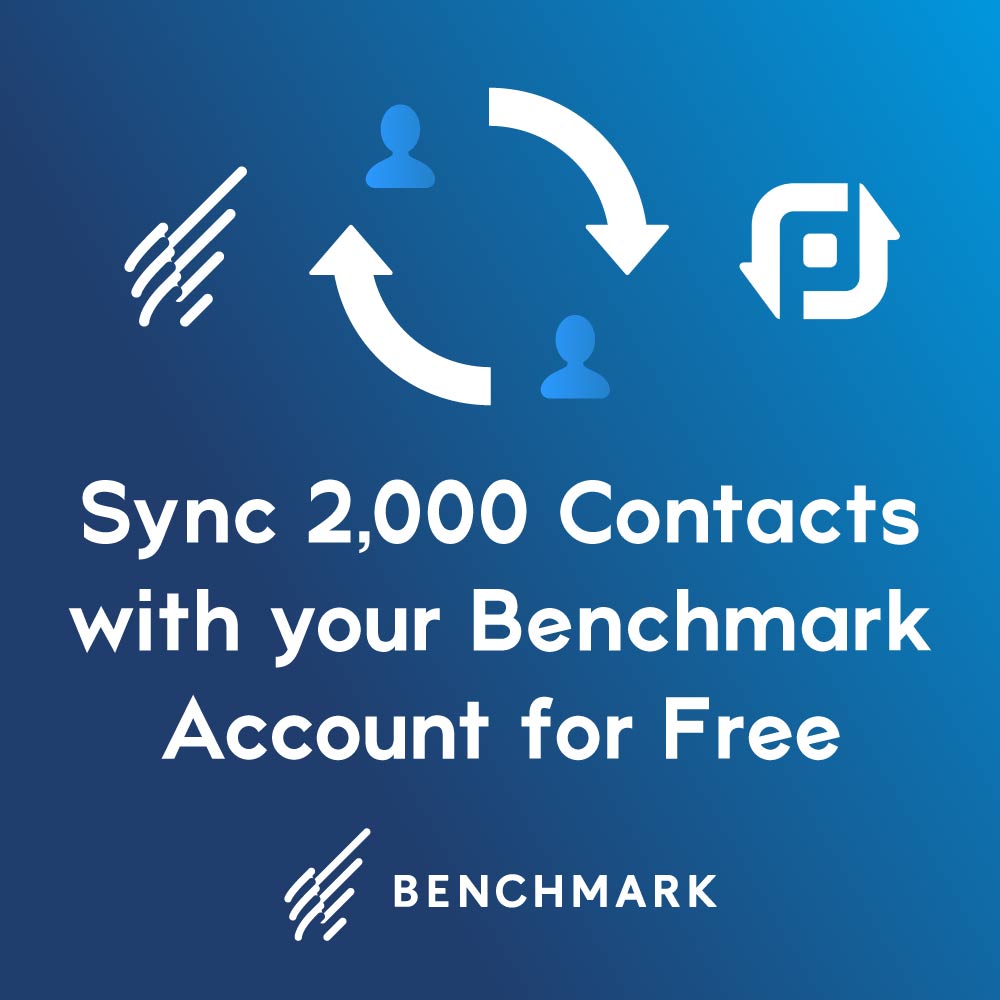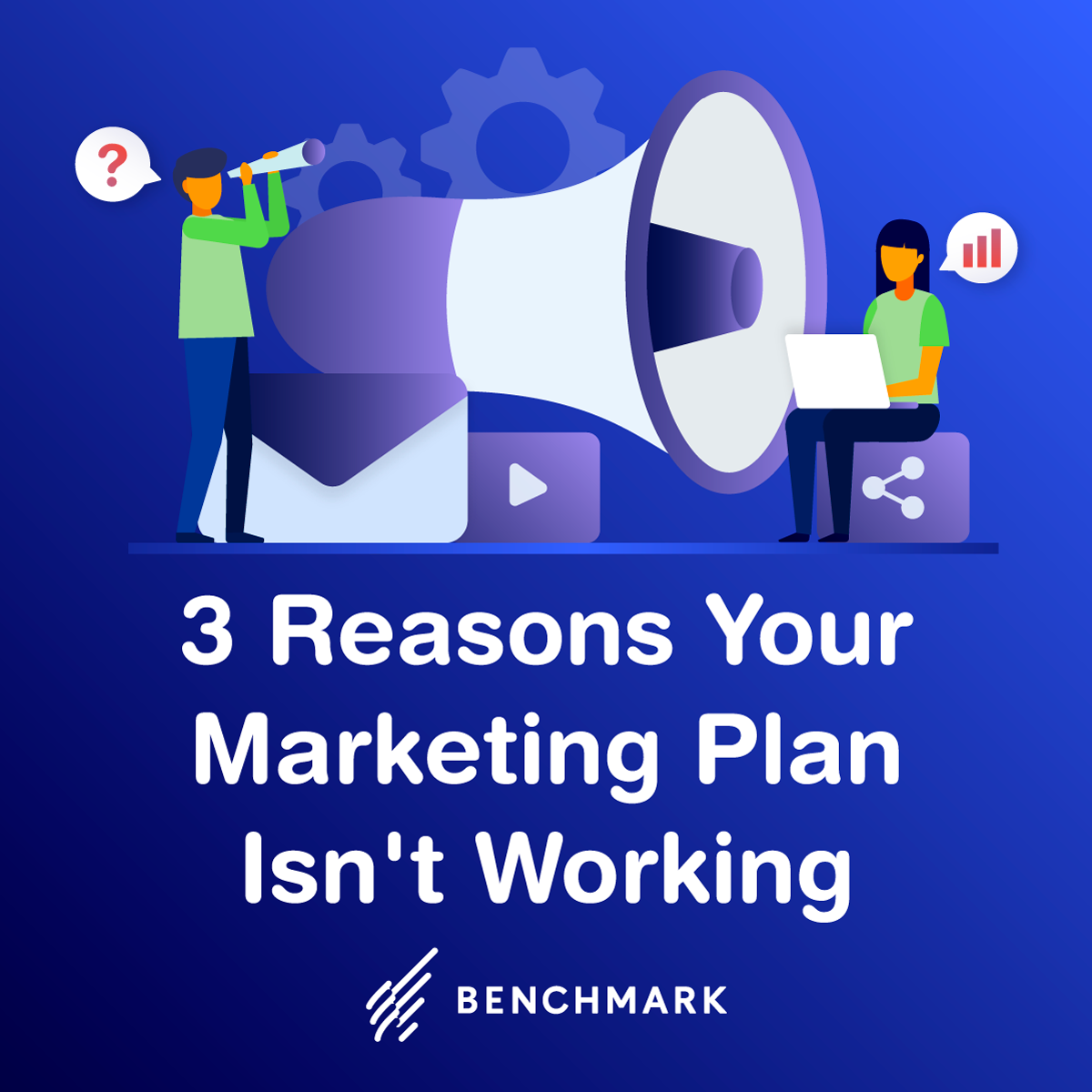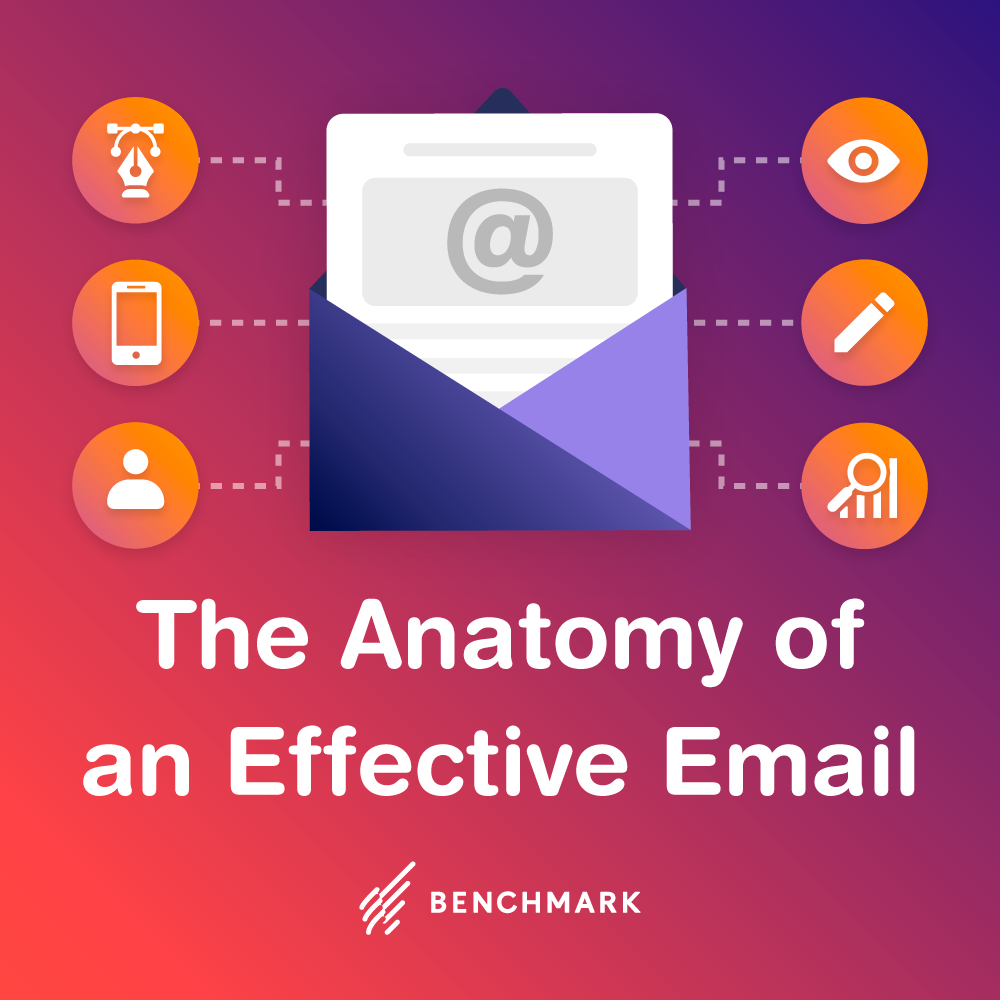As a small business, our marketing was focused on the printed word. As a marketing agency, we worked in print as well, opting out of expensive TV and radio productions. We did a lot of direct mail and print ads in those days. I remember sorting mail into stacks on our living room floor and putting them into pre-labeled postal bags for bulk rate postage. I also remember making layouts with glue and rub-off letters of all sizes. Photoshop was a baby back then.
PC sales were booming, and then came the internet. Everything was changing. Pasted up layouts were replaced by digital layouts in the wink of an eye, and the internet was growing so fast you could hardly keep up. Yahoo was the big search engine and sites like eBay and amazon.com were booming. Business people were jumping into anything internet related because their stocks were almost guaranteed to go up.
Then a big stock market crash came and devastated the internet segment. We learned a valuable lesson: Avoid jumping on a new technology until you understand it and can see clearly how to use it for your benefit. We’ve used that lesson ever since and it has served us well.
A Media Marketing Blueprint
Today we have more marketing choices than ever. The internet is no longer a single media, it’s a giant cloud full of opportunities and risks. Our approach to this puzzle is to learn first, then test. Here are a few strategies that have helped us achieve goals for our agency and for our clients:
Online Press Releases – The key is a good story. Write it around 2 – 3 keyword phrases. Then add it to a template that includes your logo/contact details and save it as a PDF for download. Post each new press release on your website, blog and Facebook page if it matches the goals for those initiatives. Use your list of keywords for tweets, which helps your release be relevant and get picked up by others.
PPC & SEO – We use PPC to search for the best performing key words that are within our budget. Once we find a good one, we’ll build a page around it or will re-write an existing page. The new page may be a landing page (no navigation to the main site) or a page within the site.
Videos – YouTube is the second largest search engine, so we have built video campaigns for our clients with amazing results. If your goal is to generate clicks, then be sure to write around a key phrase or two with each video. We also post to other video sites. There are many out there, so check each one out carefully before jumping in.
Blogs – Obviously these are powerful, but they need to be based on goals. We’ve had the best success using blogs as a way to get a more personal look into a business, so they need to be written by employees and anyone who works within the organization.
Facebook & Twitter – Where we use key words to drive clicks to web sites, Facebook and Twitter react better to a PR strategy, where a good story grows on its own within the network. Most companies usually use Facebook and Twitter as a way to advertise their business, but we find that stories work best for our business. Facebook is also often used to engage with consumers, but that works best for retail type businesses. People who don’t know you or can’t purchase from you are more likely to get involved if there’s a story that gets their attention.




